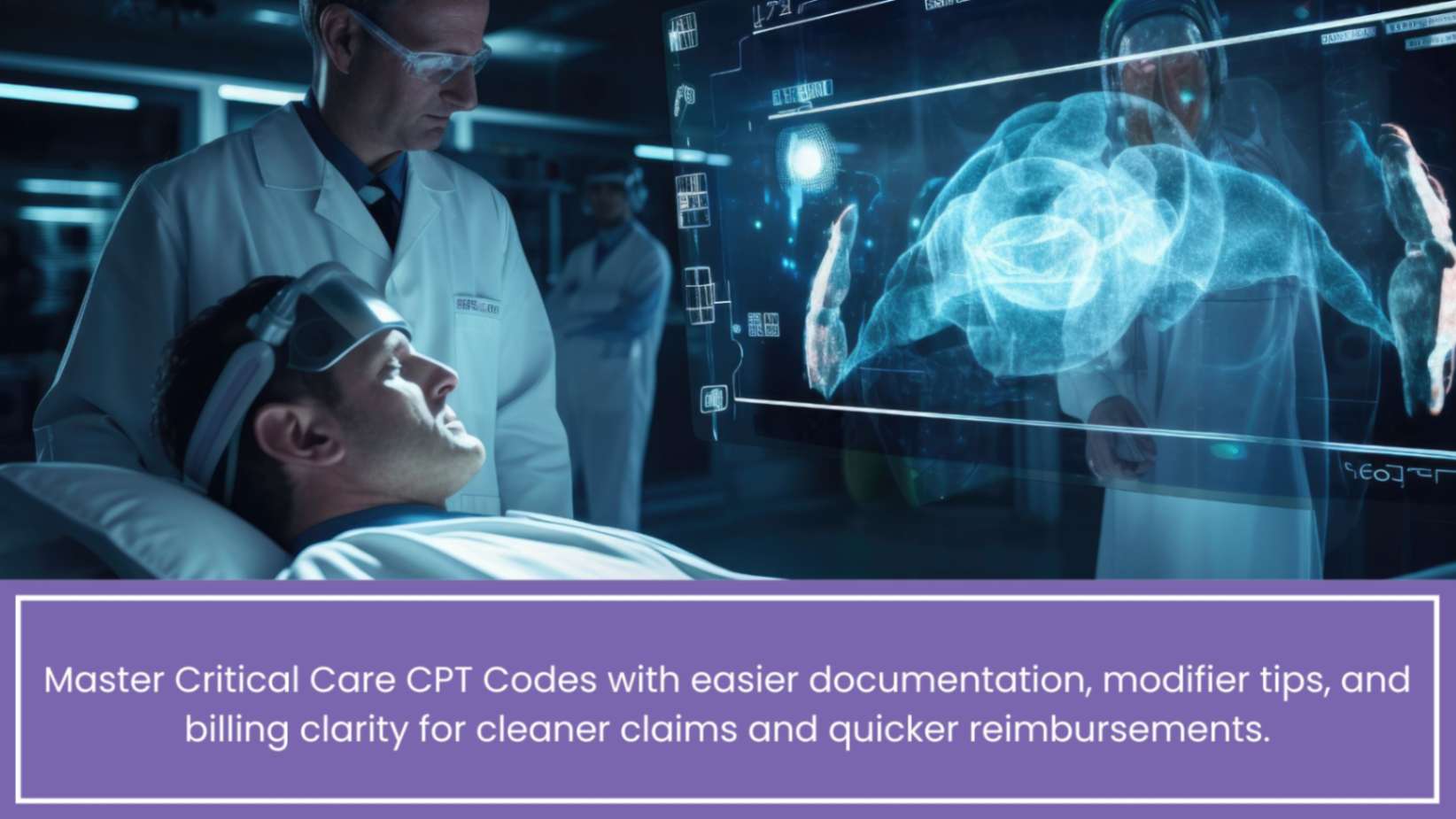How Can Technology Speed Up Eligibility and Benefits Verification?
How Can Technology Speed Up Eligibility and Benefits Verification? Cash flow drops and patients get frustrated when insurance checks take too long. Manual processes create payment delays, unnecessary staff workload, and preventable denials. But AI and automation now solve these issues quickly. Modern tools verify coverage instantly, detect missing benefits, and flag errors before claims are submitted. This post explains how clinics are using technology to accelerate verification, reduce effort, and increase revenue. Learn about the latest tools, real-world use cases, and how Practolytics provides faster, more accurate verification.
Table of Contents
Tech to Speed Up Eligibility Verification
Getting insurance verified before care should be easy. But it’s often slow and costly. Front-desk teams check many insurer sites, make calls, and chase approvals. Each minute costs money—leading to lost payments, claim denials, and unhappy patients.
This article explains how new tools—automation, AI, and better data—solve these issues. I’ll cover what changed, why it matters now, real results we’re seeing, and simple steps your clinic can take today.
Why Eligibility and Benefits Verification Matter
Eligibility and benefits verification services checks happen before care. They confirm a patient’s insurance plan, active coverage, copay, deductible, and needed approvals. Do this right, and claims move fast. Mess it up, and you face rejections, upset patients, and late payments.
This problem costs a lot of money. Industry studies show massive waste in admin tasks—billions wasted yearly—that could be automated. For example, the CAQH Index proves switching from paper to digital cuts waste fast.
Bottom line: Eligibility work hits cash flow, patient satisfaction, and staff hours. Fixing it is easy money on the table.
The Old Way — where Time and Money are Lost
Typical manual insurance checks work like this:
- The receptionist collects a patient’s insurance card.
- Staff enter policy details into payer websites by hand.
- They phone insurers for coverage rules or approvals.
- Employees wait on hold or for emails, then add notes to records.
Each step risks mistakes: wrong numbers, incorrect payer picks, and outdated cards. These errors lead to claim rejections and extra work. Most clinics spend 8–15 minutes per patient on these tasks. Multiply this by daily patients, and costs climb quickly.
How Technology Speeds Things Up — the Big Ideas
Technology shortens steps and cuts mistakes. Here’s how:
1) Instant coverage checks
Modern tools connect to insurers and show coverage details right when booking or checking in. Staff skip logging into multiple sites. They see active plans, costs, and needed approvals in seconds.
This cuts surprises at payment and reduces claim denials. Industry leaders now expect electronic checks as the standard.
2) Automated prep and claims
Tools pull patient details, check benefits, and flag missing items before visits. They feed medical billing systems using verified data from the start. Claims matching verified coverage face fewer denials.
Real results show big wins: Some groups cut verification time from minutes to seconds and find missed coverage. One system gained millions in payments and saw denials drop sharply after automating checks.
3) AI-Guided Checks
AI scans payer rules and past results to spot patients needing extra steps. For instance, if a payer often rejects outpatient tests without a specific note, AI mandates that note upfront. It also predicts high-risk claims and routes them for review.
Healthcare’s AI adoption is accelerating. Many providers now use AI for tasks that previously took hours. This shift is making eligibility tools sharper and more proactive.
4) Robotic Process Automation (RPA)
RPA bots work like tireless assistants. They log into payer portals, pull eligibility details, and auto-update EHRs. For systems without APIs, RPA eliminates manual copy-pasting or re-entry.
Large billing teams using RPA report massive time savings—thousands of staff hours monthly—freeing humans to handle exceptions and patient care.
5) Unified Data Standards
Efforts to standardize payer-provider data sharing are advancing. CAQH CORE rules drive consistent, machine-readable fields and responses. When data flows cleanly, verification becomes fast and reliable.
What Measurable Benefits Clinics See
Technology changes eligibility from an expense to a profit protector. Here are the clear benefits clinics see:
- Faster checks: Routine verifications drop from 10–15 minutes to under one minute.
- Fewer denials: Automation cuts eligibility denials by 30–40% in some cases.
- Found coverage: Automated searches uncover missed secondary coverage or enrollments, recovering real revenue.
- Staff time: Automation frees teams from repetitive work, saving hours weekly and boosting morale. Large groups report thousands of monthly hours saved.
These gains add up fast. Fewer denials mean fewer appeals, fewer write-offs, and healthier cash flow.
Current Trends and Recent News to Watch (2025–2026)
More payer APIs and CAQH CORE standards. Health groups want standard formats so systems connect directly to payers. This cuts manual work and speeds up checks.
AI shifts from testing to real use. In 2024–2025, providers moved AI into daily work. It now forecasts denials and shows precise docs to prevent them.
RPA scales well in big billing operations. Companies using RPA save huge amounts of time and make fewer mistakes. These tools handle patient checks, approvals, and reminders.
Focus on patient feelings. People want clear costs before care. Instant coverage checks, price quotes, and simple payments make them happier with fewer problems.
Rules and insurers push change. Some payers and regulators want digital work. This pushes clinics to use automatic coverage tools.
Common Barriers and How to Overcome Them
Technology helps, but adoption can be tough. Here’s how to tackle common issues simply and efficiently.
Challenge: Not all payers support instant APIs
Solution: Blend methods—use APIs where available. Where not, rely on strong automation (RPA) and follow-up templates. Track slow responders to manage timelines proactively.
Challenge: Patient data errors
Solution: Capture accurate IDs and contacts upfront during intake. Automate insurance card scans and verify details before appointments.
Barrier: Staff Pushback
Fix: Train early. Show staff how this saves time and cuts angry calls from payers. Run a small test group first. Use their wins to get others on board.
Barrier: EHR Connection
Fix: Pick tools that plug into big advancedMD EHRs. Or use link software for clean data sync. Focus on fixes that push verified info back into charts. Stop doing double work.
A Simple Roadmap to Implement Faster Eligibility Checks
If you want faster verifications, do this:
- First, draw your current path. Write down each step, how long it takes, and where mistakes happen.
- Then, grab quick wins. Automate boring tasks like card scans and basic checks.
- For portals without APIs, use bots. They log in for you, skipping manual work.
- For risky cases, add smart tools. They predict who needs extra papers or approvals.
Check your numbers. Track denials, time per check, and found coverage. Use dashboards to keep the team sharp.
Real examples (what leading groups report)
Large systems that automatically check coverage have found millions in missing payments and reduced denials quickly. Case studies show clear cash recovery when checks happen sooner.
Big firms using automation got back thousands of hours, cut errors by half, and sped up work. Staff shifted from correcting mistakes to focusing on more productive tasks.
Key metrics to track (so you know it’s working)
Keep an eye on these key numbers:
- Time per patient check (aim under 2 minutes for most)
- Denials from eligibility errors (lower = better)
- Claims accepted upfront (rises with better checks)
- Money recovered from missed coverage
- Staff hours saved after automation
These measures prove real business value and support tech spending.
Conclusion — why move now (and how Practolytics helps)
Eligibility and benefits checks aren’t just paperwork. They’re key to getting paid faster. Quick, right-first-time verifications mean fewer denials, quicker payments, and happier patients.
Practolytics helps clinics swap slow manual checks for smart automation. We:
- Link straight to payer networks and CAQH sources.
- Use bots to handle missing APIs—no more copying and pasting.
- Add AI to spot risky cases sooner and find missing documents.
- Show dashboards with saved hours, avoided denials, and recovered cash—so bosses see real results.
If your team spends too long on calls and logins, tech can fix it. First, do a fast check: see how long verifications take and why claims get denied. Then try automation with some payers. You’ll probably get quicker patient sign-ins, fewer denials, and happier clients in weeks — not months.
Want faster verifications and fewer denials? Contact Practolytics today for a free check of your eligibility process. We’ll pinpoint where automation helps most — and tell you how much you’ll save.
ALSO READ – Understanding Eligibility and Benefits Verification: A Guide for Medical Practices






